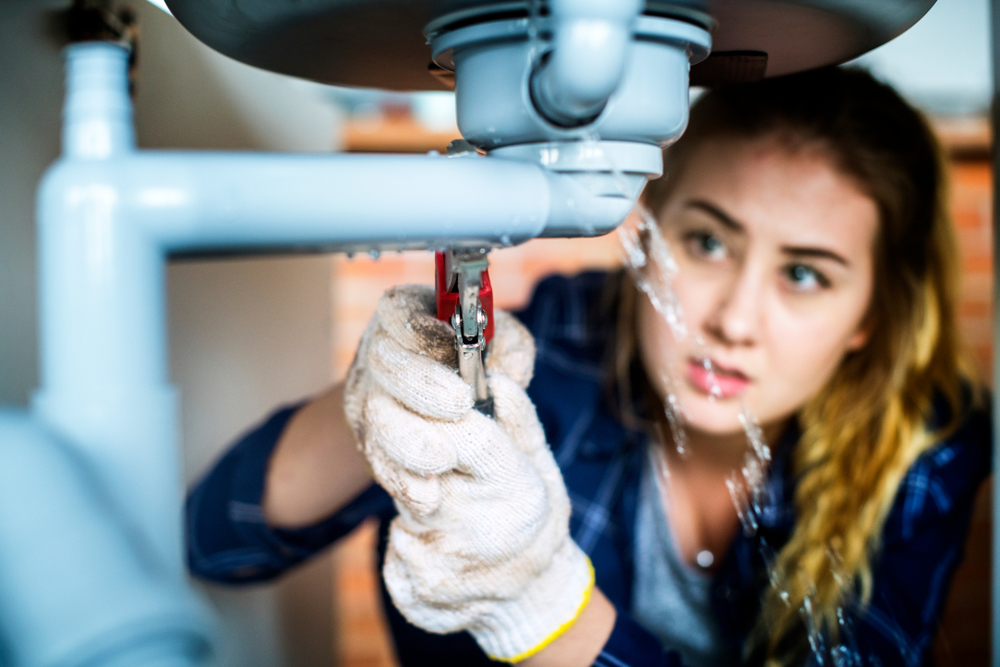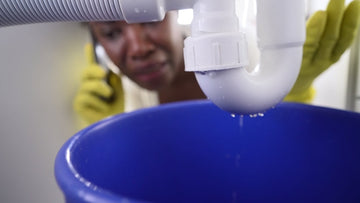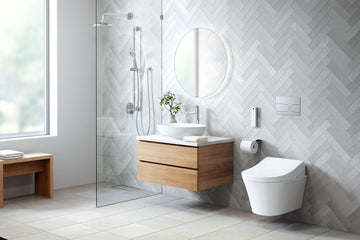In our ever-evolving technological landscape, protecting our homes from unexpected dangers has become increasingly sophisticated. The Bluetooth water sensor stands out as a critical innovation in smart home technology, transforming the way we identify and respond to water leaks. As we navigate a world driven by data and connectivity, it's vital to grasp how these sensors operate and the impact they can have on our daily lives. For professionals in Industry QA, a deeper understanding of these devices aids in crafting effective quality assurance protocols.

Discovering the Functionality of Bluetooth Water Sensors
A Bluetooth water sensor uses Bluetooth technology to detect water leaks and send alerts to linked devices. These sensors are typically positioned in areas vulnerable to leaks, like kitchens, bathrooms, or basements. Upon sensing moisture, they immediately notify your smartphone or other connected devices. This prompt alert system enables homeowners and businesses to take swift action, significantly reducing the risk of water damage.
The technology behind these devices is both simple and powerful. Equipped with sensitive probes, these sensors issue an alert when they encounter water. The integration of Bluetooth technology ensures that notifications are timely and accurate, making it a dependable leak detection solution. For additional insights into the benefits of such systems, explore the advantages of home smart water leak detectors.
Significance in Industry QA
The use of Bluetooth water sensors extends well beyond residential applications. In various industriesincluding manufacturing, hospitality, and healthcarethese devices play a vital role in preventing water damage, contributing to both operational efficiency and safety. For Quality Assurance professionals, comprehending how these sensors enhance risk management strategies is essential for refining operational protocols to include smart leak detection.
For industry stakeholders, incorporating these sensors helps minimize disruptions and fortifies valuable assets against water-related disasters. For a deeper dive into how these devices operate in industrial contexts, check out this engaging real-time water leak alerts article.
Installation and Maintenance: Critical Points
Installing a Bluetooth water sensor is a straightforward process; typically, it involves placing the device in areas prone to water exposure. However, performing routine maintenance checks is essential to ensure the sensors remain operationally efficient. Its advisable to periodically assess the sensor's battery life and confirm that the Bluetooth connection with your smart devices is stable. These maintenance steps are pivotal for ensuring consistent and reliable performance, showcasing a successful Industry QA initiative.
Experts from Home Plumbing Leak Monitor emphasize the need for regular checks to prevent efficiency losses. Adopting a proactive maintenance strategy can shield users from future complications, ensuring a seamless experience with your smart home devices.
Investing in Future Protection
As we move further into the digital age, choosing technologies like the Bluetooth water sensor represents a dedication to both convenience and security. These sensors are swiftly becoming essential in smart homes, appealing to both tech-savvy individuals and cautious homeowners. By prioritizing such investments, users can rest easy knowing that potential water threats are managed.
The evolution of these devices reflects a broader trend toward integrating smart technology to enhance home safety. To discover more about the benefits of smart leak detection systems, check out this detailed whole house water leak detection guide.

Frequently Asked Questions
What distinguishes Bluetooth water sensors from Wi-Fi models?
While both Bluetooth and Wi-Fi sensors excel at detecting water leaks, Bluetooth models offer a more localized and secure connection, minimizing signal interference and providing quicker notifications.
How do I set up a Bluetooth water sensor?
Setting up a Bluetooth water sensor is simple: position the sensor where you want it, connect it to your smartphone's Bluetooth network, and follow the manufacturers detailed installation and testing instructions.
Can Bluetooth water sensors work with other smart home systems?
Absolutely! Most Bluetooth water sensors can easily integrate with other smart home devices, allowing for automated responses, such as shutting off the water supply when a leak is detected, enhancing your home's safety.






